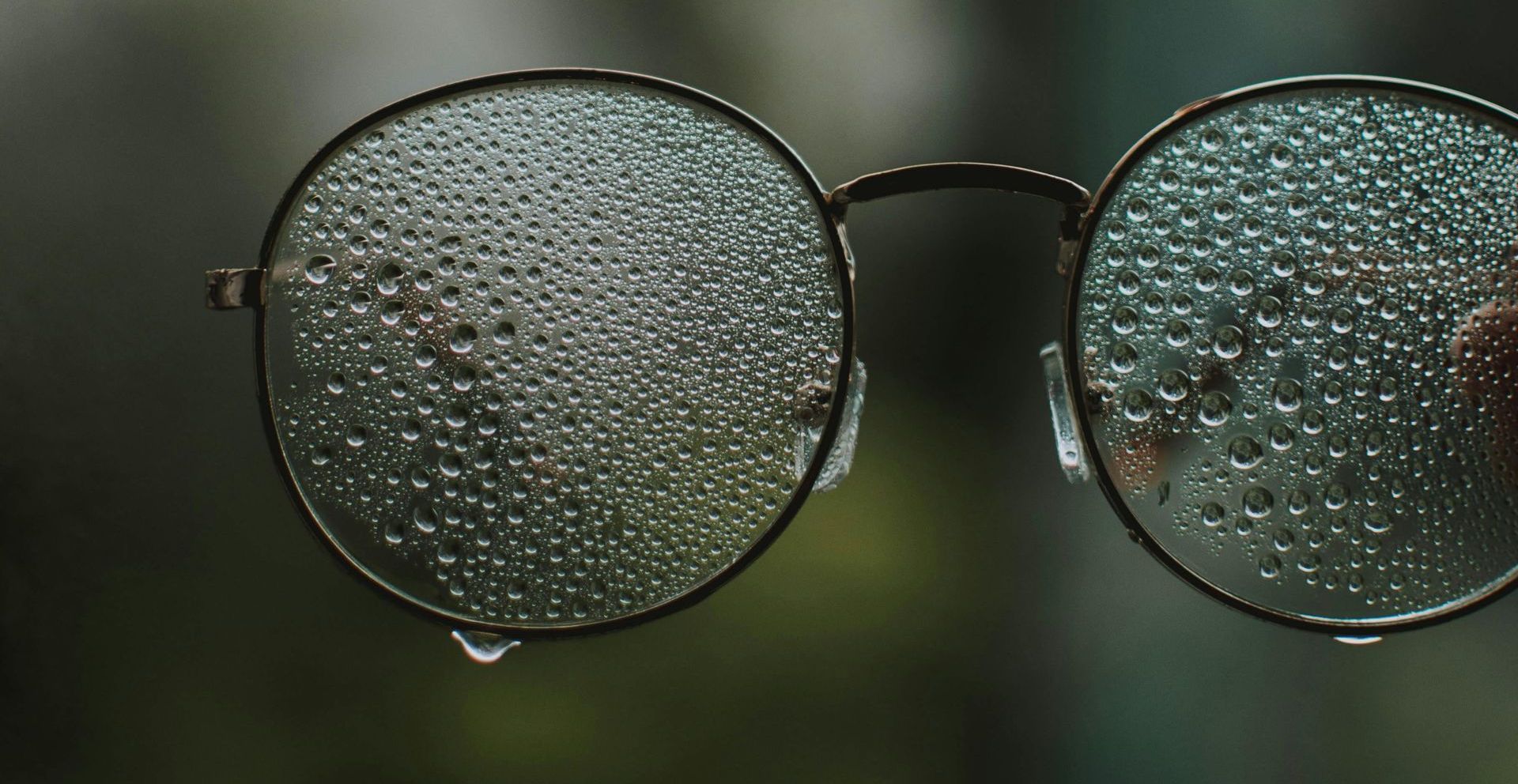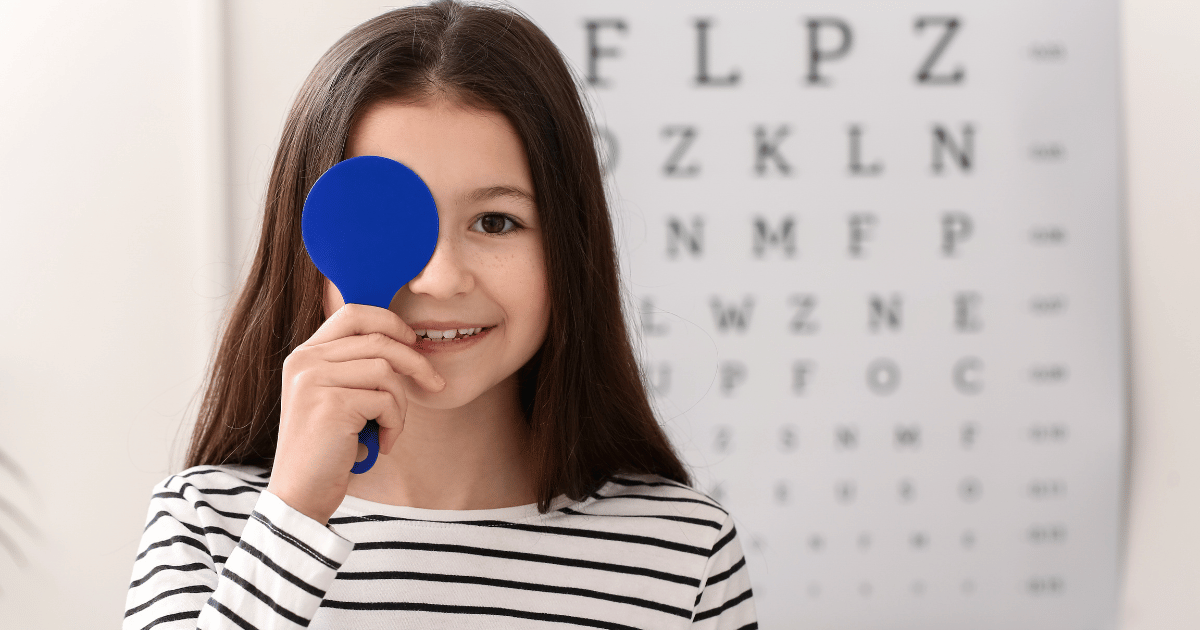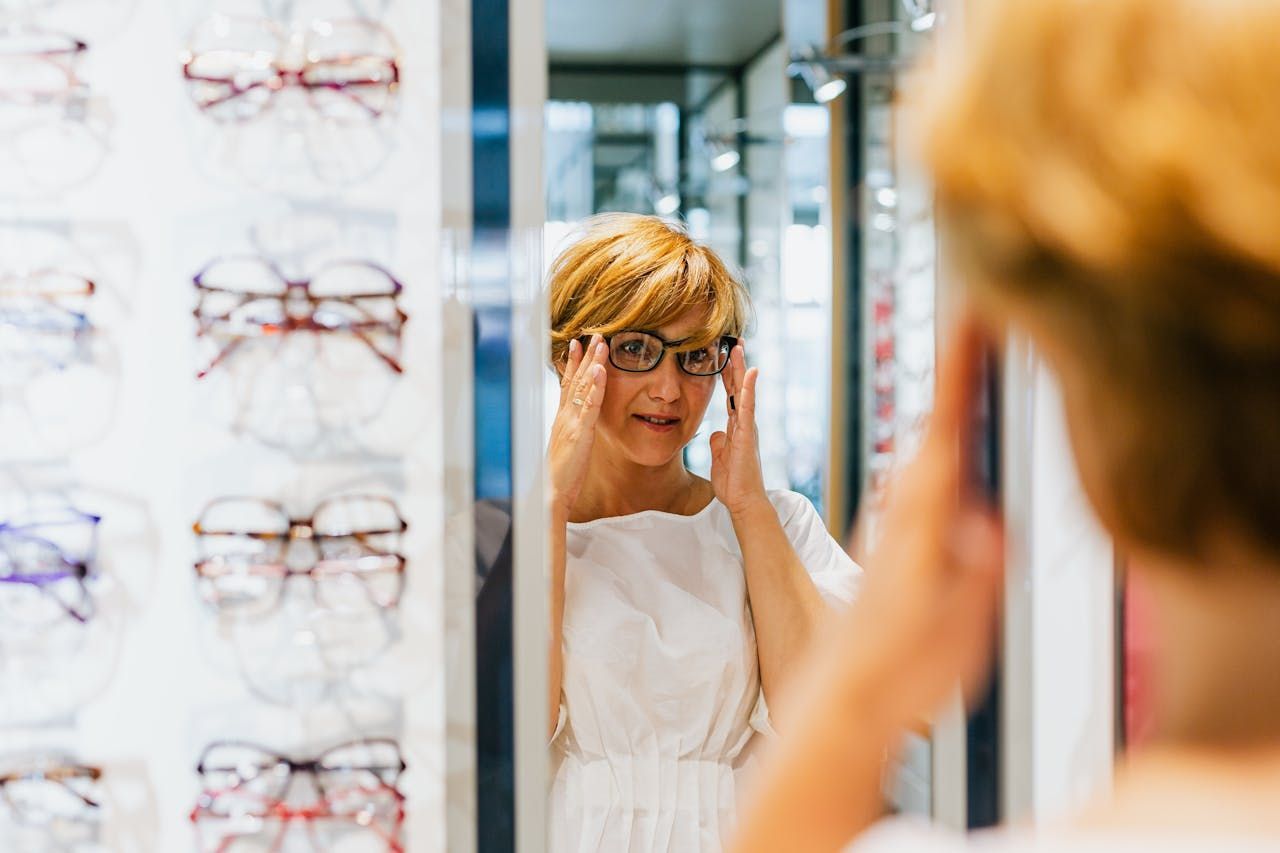By proadAccountId-420323
•
November 20, 2025
Welcome to Care Optics , your trusted independent opticians serving Woodford and Dagenham . Our mission is to provide complete care , and that commitment to your total sensory health is never more critical than when you’re behind the wheel. As the weather cools and the clocks roll back, the visual demands of driving in East London and Essex skyrocket. Early darkness, heavy rain, and the blinding glare of oncoming headlights create a challenging environment where safety relies on fast reactions and perfect clarity. This year, leading into Road Safety Week in November , we are not just focused on your sight; we are championing the combined power of your senses to ensure you have maximum situational awareness and safety on every journey. This vital national campaign encourages all drivers to proactively check their readiness, and at Care Optics, that means ensuring you "See Clearly, Drive Safely." The Sensory Challenge: Why Driving Demands More Than Standard Lenses Driving is the most visually demanding task many of us perform daily. When light levels drop, our eyes must contend with Mesopic Vision (low-light vision), which severely impacts our ability to process contrast, depth, and colour. The Seasonal Hazards We Must Mitigate: Dazzling Glare: The intense, focused beams of modern LED and Xenon headlights can cause severe glare at night, resulting in temporary blinding and delayed recovery time for the eye. During the day, low-angle winter sun is equally disruptive, reflecting off wet roads and traffic. Visual Fatigue: Extended night driving or driving through rain requires sustained, intense visual concentration. This rapidly leads to eye strain, headaches, and overall driver fatigue, significantly increasing the risk of making an error. Tunnel Vision: At higher speeds or in stressful situations, your peripheral vision naturally narrows. Any compromise to your central or peripheral sight—whether from an outdated prescription or inadequate lenses—puts you, your passengers, and others at risk. The Care Optics Solution: Precision Through Our On-Site Lab At Care Optics, we believe the best driving lenses should be ready when you need them, offering uncompromised visual accuracy and quick turnaround. This is why our Dagenham branch is home to on-site lab facilities —a key differentiator that ensures the highest quality results, rapidly. The Lab Advantage for Driving Lenses: Ultimate Lens Precision: Unlike practices that rely solely on external labs, our skilled technicians work directly with your optometrist’s prescription. This direct collaboration ensures your driving lenses—especially complex progressive lenses or those with specific coatings—are crafted and finished with the highest degree of accuracy, perfectly centered for your driving posture. Rapid Service and Fitting: We understand that you need your safety equipment quickly. The on-site lab dramatically cuts down waiting times for new lenses and enables rapid adjustments or emergency repairs. You get maximum visual safety sooner. The Power of Anti-Reflection Coatings: The single most crucial feature for night driving is an advanced Anti-Reflection (AR) coating. We expertly apply and verify the quality of AR coatings that virtually eliminate the internal reflections within the lens and significantly cut the harsh starburst effect from oncoming lights, giving you crisp, clear vision at all hours. Complete Sensory Safety: The Role of Hearing in Driving As providers of comprehensive Hearing Care Services at both our Woodford and Dagenham practices, we recognise that driver safety is a dual-sensory effort. When you are driving, your auditory system is your primary early warning system, backing up your vision: Hearing Warning Signals: Your ears alert you to hazards outside your direct line of sight—an ambulance siren, a train horn, the sudden sound of a vehicle braking, or a developing mechanical fault in your own car. Even a minor, undiagnosed hearing loss can delay your reaction to these critical sounds. Processing Road Noise: Healthy hearing allows you to monitor subtle changes in road conditions, such as the sound of tires losing grip on ice or water. Your brain uses these auditory cues to complement the visual information it receives, enabling faster, more accurate responses. We encourage all drivers to incorporate a Hearing Health Check with their Comprehensive Eye Examination. By protecting both your sight and your hearing, you maximise your situational awareness and significantly reduce your risk on the road. Your Driving Vision Checklist with Care Optics Whether you visit our Woodford branch for our community expertise or our Dagenham branch for the speed of our on-site lab, we offer the complete solution for safer driving this winter. Book Your Comprehensive Eye Examination: Ensure your prescription is optimized for the distance and the low-light conditions required for driving. Prioritise AR Coatings: Discuss the latest anti-glare technology with our dispensing team. Investing in a high-quality AR coating is essential for comfortable and safe night driving. Consider Polarised Lenses: For tackling low winter sun glare and reflections off wet roads during the day, a dedicated pair of prescription polarized sunglasses is non-negotiable. Check Your Hearing: Ask about our complimentary Hearing Health Checks to ensure your complete sensory system is ready to face the challenges of winter driving. With a team that boasts over 80 years of combined experience (Woodford) and the benefit of on-site lab facilities (Dagenham), Care Optics is your independent partner committed to keeping you and your family safe and clear-sighted across East London and Essex this winter. Drive Safer. See Better. Hear Clearly. Book with Care Optics Today! Contact your local branch to book your comprehensive sight test and discuss your driving lens needs.











